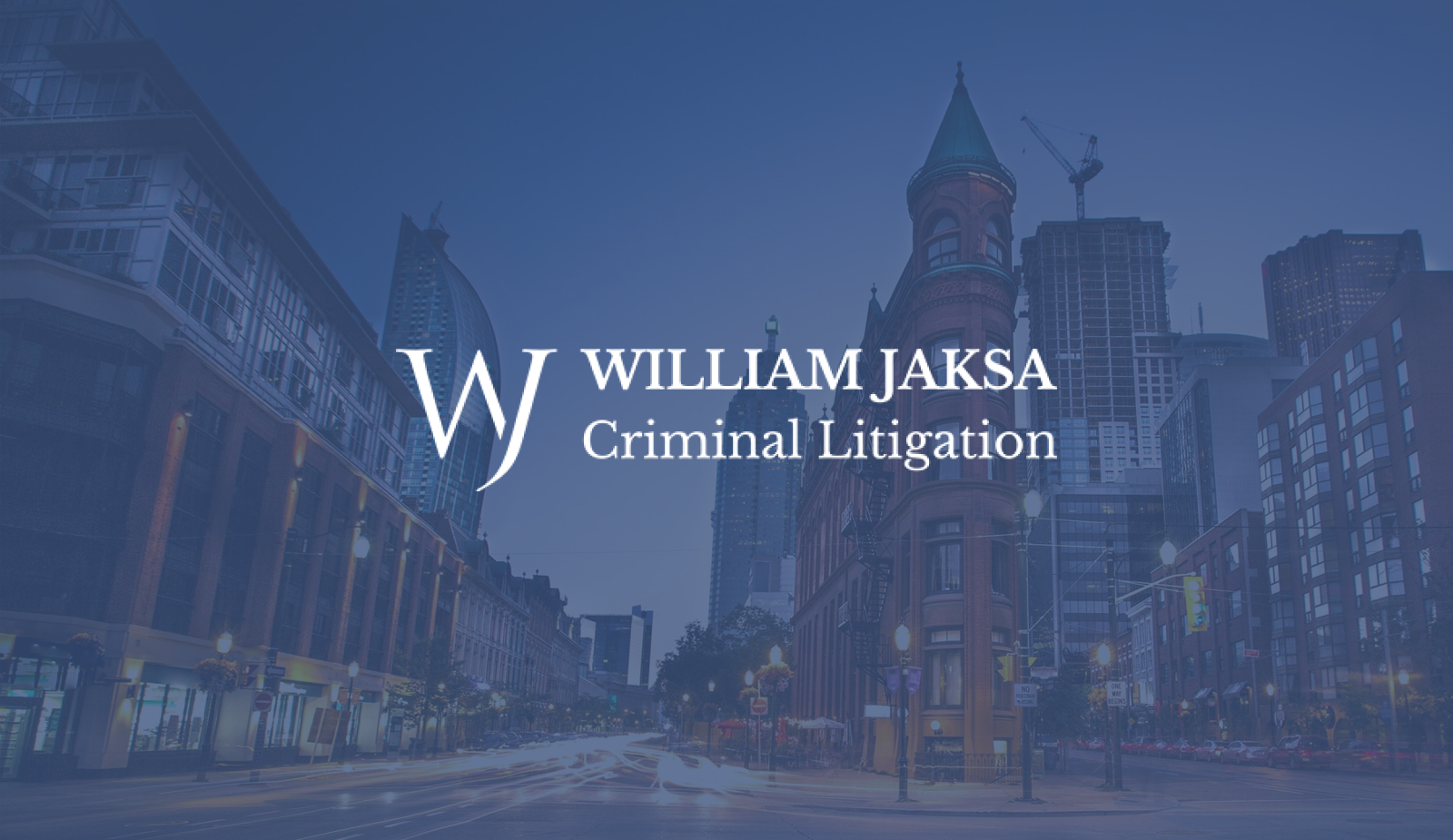Proving an accused’s involvement in a criminal organization is not always an easy undertaking for Prosecutors. Gang membership adherences are continuously changing and secretive. Further, what constitutes a gang or criminal organization can be difficult to define. However, when memberships are proven, or organizations are clearly defined, a successful prosecution will increase sentences.
In this article, Toronto criminal defence lawyers explain how prosecutors prove criminal organization offences.
FACTORS USED TO DETERMINE PARTICIPATION OR CONTRIBUTION TO ORGANIZED CRIME ACTIVITY
Prosecutors begin establishing involvement in organized crime by examining the factors surrounding the accused person that the alleged crimes. These are factors that could suggest affiliation or membership with the organization and/or its members.
Semiotics
One of the most common factors examined is semiotics. The prosecution looks for signs and symbols that are related to the organization and/or their criminal activities. This can also include words, and nicknames similar to or in frequent use within the organization. An example of this factor could be wearing a gang’s colours or having gang tattoos. Gangs are criminal organizations that tend to use a lot of identifying signs, symbols, and language.
Association
Another indicator of affiliation with or membership in organized crime network is association. If the accused spends a lot of time with gang members it suggests that they may be a member or participant in their activities.
Benefit
A third factor is if the defendant receives benefit from the crim org.
Benefit usually involves financial or material gain. If they are receiving something it is assumed it is because they are either a member or it is payment for having participated in the criminal activities of the organization.
Repeated Engagement at Instruction of Organization Member
Engagement in activities at the instruction of a gang member is a possible identifier. However, repeatedly engaging in such behaviour is considered a probable sign of involvement in the organization or participation in their criminal activity.
A single one of these factors alone is not enough to prove guilt. But they do build suspicion and help to corroborate other evidence and proof.
WHAT IS REQUIRED TO PROVE CRIMINAL ORGANIZATION OFFENCES
Proving criminal organization offences involves proof of specific factors for different offences. However all organized crime offences should include:
- Identify of the accused
- Date & time of the allegations
- Jurisdiction – Including region and province
Participation in Activities of Criminal Organization
For participation in activities of a criminal organization, the Prosecution should also provide proof that:
- The accused participates or contributes to the activity of the criminal organization, whether by act or omission.
- The accused’s prohibited conduct was done willfully and, “for the purpose of enhancing the ability of a criminal organization to facilitate or commit an indictable offence.”
The Prosecution doesn’t need to prove that the organized criminal network actually committed an offence or that the culprit’s participation enhanced the organization’s ability to commit or facilitate the offence. They also don’t need to know the identity of those in the organization or the specific nature of the offence.
Commission of Offence for Criminal Organization
For the commission of the offence for a crim org, the Prosecution should also provide proof that:
- The accused committed an indictable offence.
- The indictable offence was committed, “for the benefit of, at the direction of, or in association with, a criminal organization.”
The Prosecution does not need to prove the defendant knows the identity of any member of the organized crime network.
Instructing Commission of Offence for Organize Crime
If charged with instructing the commission of the offence for a crim org the Prosecution should also provide proof that:
- The accused acted knowingly and is a gang member.
- The accused instructed any person to commit an offence and that the prohibited conduct was, “for the benefit of, at the direction of, or in association with, the criminal organization.”
The Prosecutor doesn’t need to prove that the defendant instructed a specific person, or that the instructed offence was committed. Nor do they need to prove the defendant knew the identity of all members of the organization.
Recruitment of Members
If charged with the recruitment of members the Prosecution should also provide proof that:
- The accused recruited a person to join a criminal organization through recruitment, solicitation, encouragement, invitation, or coercion.
- The recruited individual is under 18 years old (an aggravating factor with a 6-month imprisonment minimum).
- The recruitment was, “for the purpose of enhancing the ability of a criminal organization to facilitate or commit an indictable offence.”
CRIMINAL ORGANIZATION OFFENCE LAWYER IN TORONTO
If you or a loved one are facing crim org charges you need an experienced Toronto criminal lawyer. William Jaksa is experienced in handling matters involving allegations of organized crime. Contact us today for questions or consultation.




